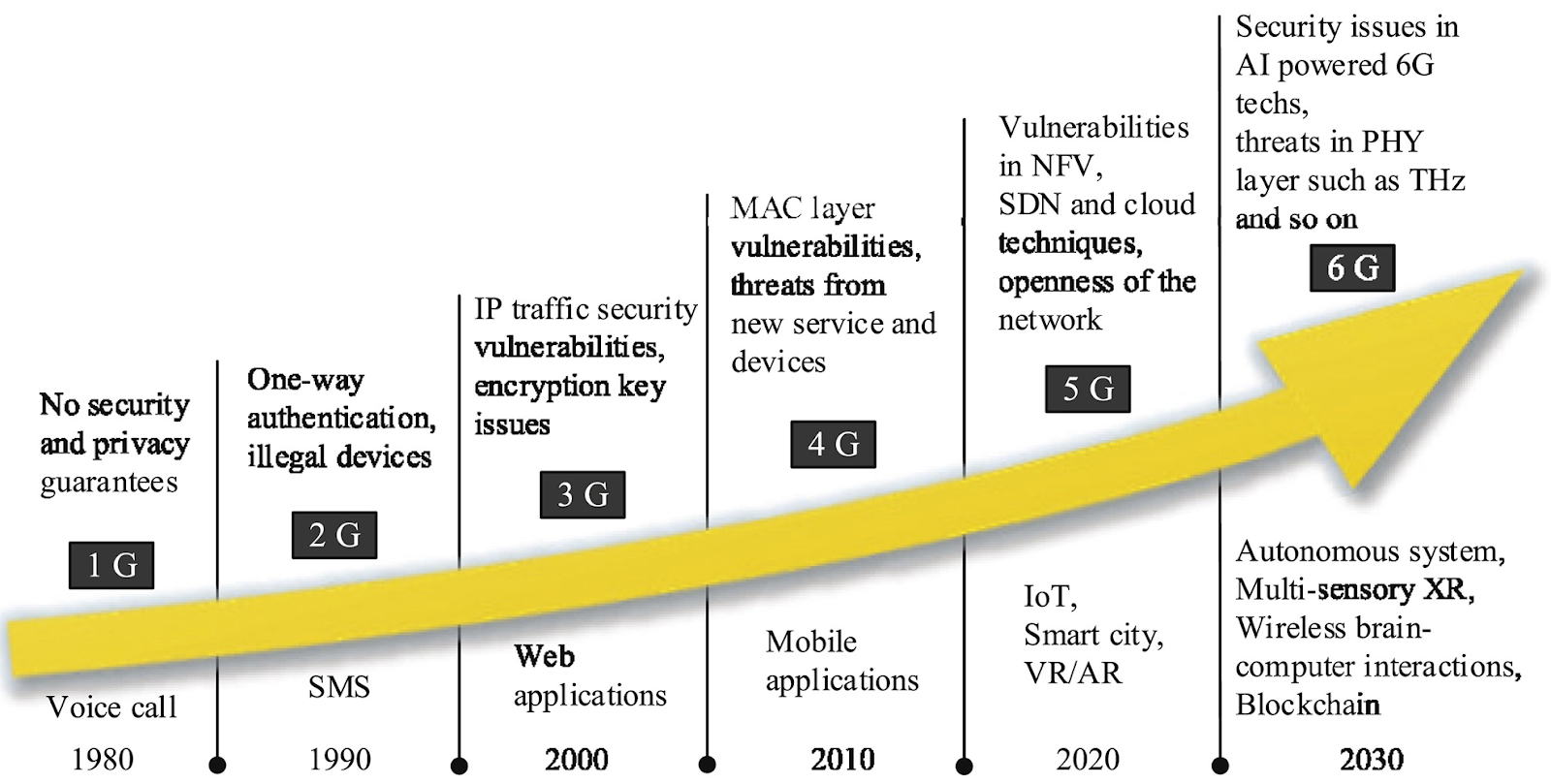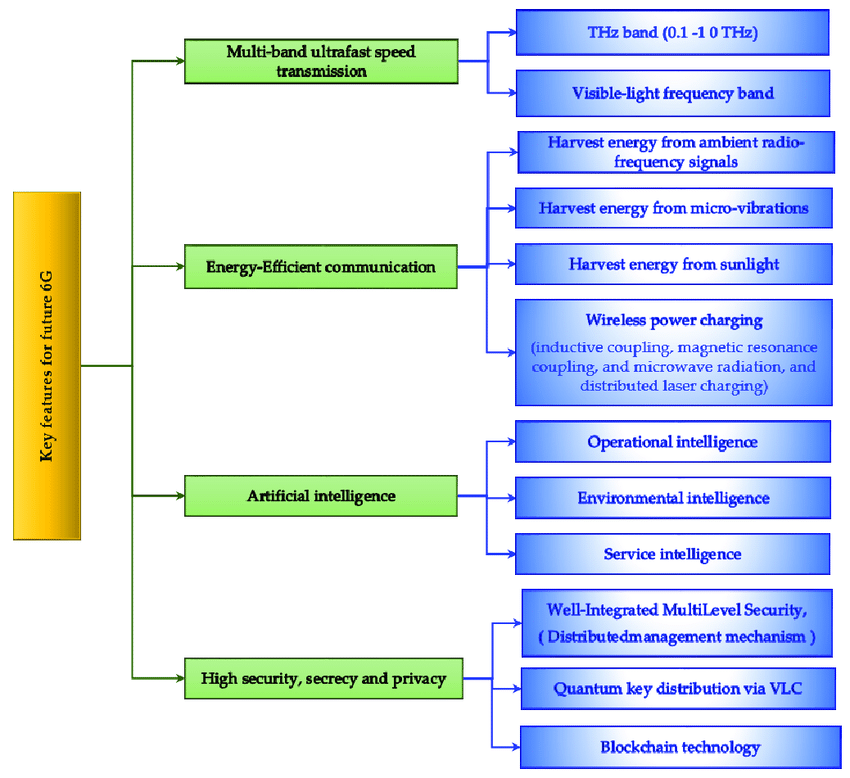Science & Technology
Bharat 6G Alliance
- 05 Jul 2023
- 6 min read
For Prelims: 6G technology, 5G technology, Bharat 6G Alliance
For Mains: Potential impact of 6G technology in India, India's telecom sector, 6G.
Why in News?
Recently, the Department of Telecommunications (DoT) under the Ministry of Communications launched the Bharat 6G Alliance (B6GA) to foster innovation and leadership in 6G technology, the next frontier of wireless communication.
- In addition, with a grant of 240.51 crores under the Telecom Technology Development Fund (TTDF), two agreements were signed for projects.
What is the Bharat 6G Alliance (B6GA)?
- About:
- The B6GA is a collaborative platform comprising public and private companies, academia, research institutions, and standards development organizations.
- The alliance will forge partnerships and synergies with other 6G global alliances to facilitate international collaboration and knowledge exchange.
- Objective:
- Its primary objective is to understand the business and societal needs of 6G technology, foster consensus, and drive high-impact research and development initiatives.
- Importance:
- It will help India to take a lead role in the development and adoption of 6G technology, which will have a huge impact on the economy, society, and environment.
- It will also help India to leverage its strengths in software, hardware, and manufacturing, as well as its large talent pool and market potential.
What is 6G Technology?
- 6G technology is the successor of 5G technology, which is currently being deployed in various countries, including India.
- 6G technology is expected to offer speeds up to 100 times faster than 5G, as well as ultra-low latency, high reliability, and massive connectivity.
- 6G technology is also envisioned to enable new applications and services such as holographic communication, brain-computer interface, quantum internet, and artificial intelligence.
- Holographic communication in 6G refers to the transmission and reception of 3D holographic images in real-time, enabling immersive and lifelike communication experiences.
- Brain-computer interface in 6G is a futuristic technology that will enable users to control computers and devices with their thoughts.
- It seeks to utilize the terahertz band of frequency which is currently unutilized.
- Terahertz waves fall between infrared waves and microwaves on the electromagnetic spectrum.
- These waves are extremely tiny and fragile, but there's a huge amount of free spectrum up there that would allow for spectacular data rates.
How has India's Telecom Sector Evolved in Recent Years?
- India is the world's second-largest telecommunications market with a subscriber base of 1,170.38 million in December 2022.
- Significant reductions in data costs, from Rs. 300/GB in 2014 to Rs. 10/GB in 2023.
- Drastic improvements in regulatory processes, including a reduction in the Right of Way permission duration from 230 to 9 days.
- Expansion of BTS sites by four times, reaching 25 lakh installations.
- Increased Foreign Direct Investment (FDI) in the telecom sector, amounting to 24 billion dollars.
- Streamlined allocation of spectrum to Telecom Service Providers (TSPs) within 24 hours.
- Japan has aligned with India on Digital Payment system of India.
- Achievements of BSNL in stabilizing the market and generating operating profits.
- India's successful technology exports to 12 countries, including the USA.
What is Telecom Technology Development Fund (TTDF) Scheme?
- It was launched by DoT/ Universal Service Obligation Fund (USOF) in 2022.
- 5% of annual collections from USOF will be available for TTDF Scheme for funding research & development of technologies, products, and services.
- The scheme is envisaged to bridge the digital divide by developing and manufacturing state-of-the-art technologies and to form synergies among academia, start-ups, research institutes, and the industry to build and develop the telecom ecosystem.
UPSC Civil Services Examination, Previous Year Question (PYQ)
Q. Which of the following is/are the aims/aims of the “Digital India” Plan of the Government of India? (2018)
- Formation of India’s own Internet companies like China did.
- Establish a policy framework to encourage overseas multinational corporations that collect Big Data to build their large data centers within our national geographical boundaries.
- Connect many of our villages to the Internet and bring Wi-Fi to many of our schools, public places and major tourist centers.
Select the correct answer using the code given below:
(a) 1 and 2 only
(b) 3 only
(c) 2 and 3 only
(d) 1, 2 and 3
Ans: (b)








